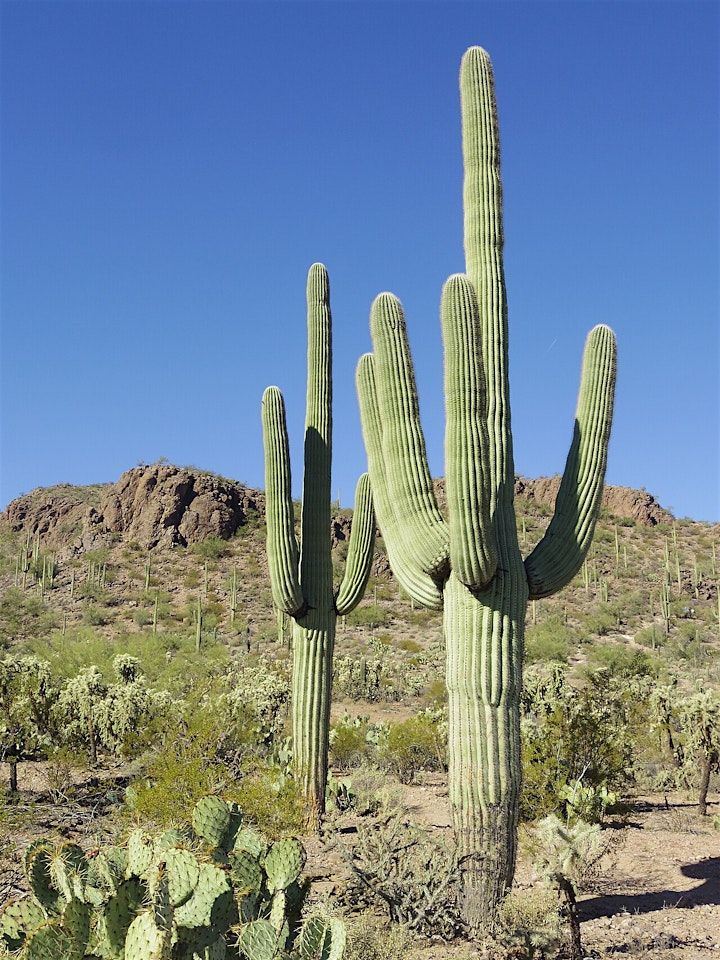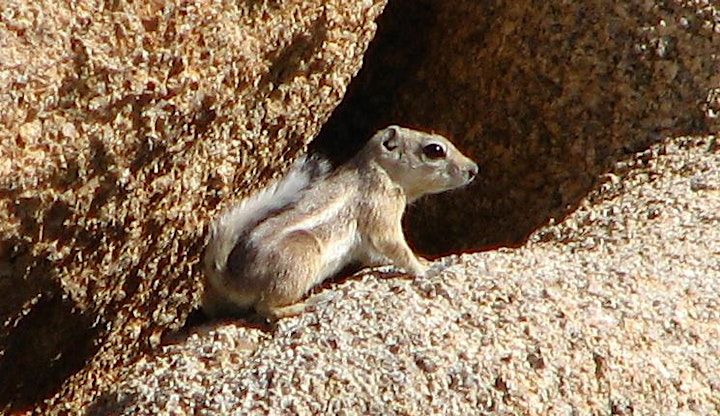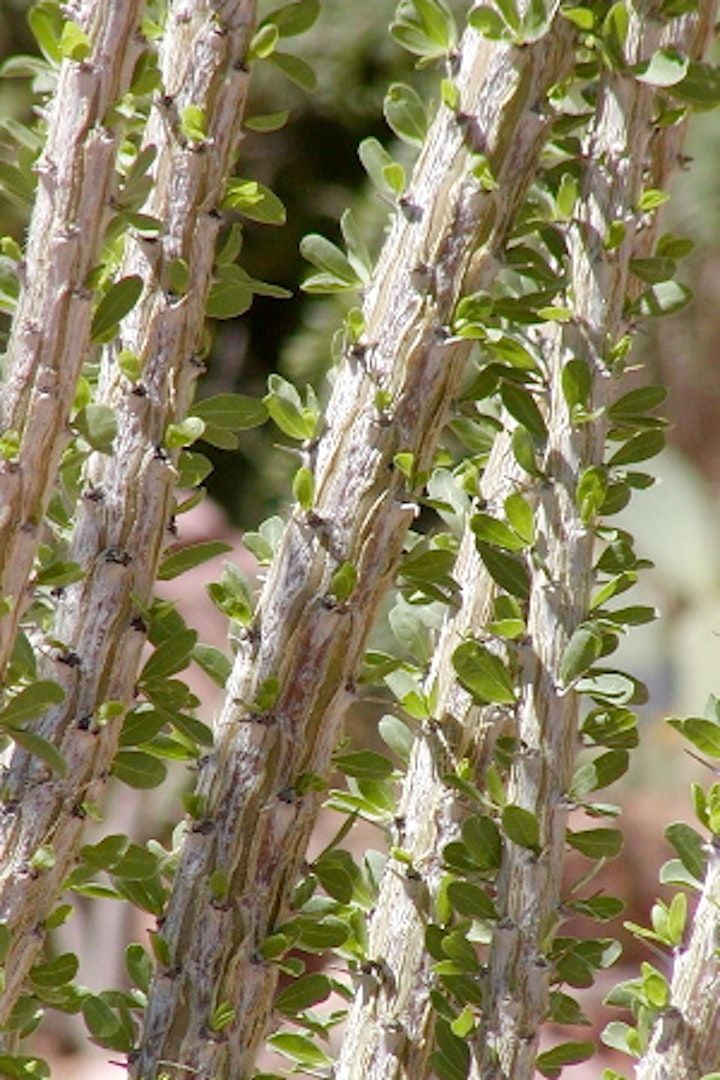
projects, and classroom lessons.
About this Event
From Hollywood westerns and tourist postcards, the Sonoran Desert is often depicted as a place of menace and deprivation. Conditions can seem harsh. Rainfall is scant and unpredictable. Soils are low in nutrients and organic matter. And summer temperatures can top 120 degrees. Yet plants and animals here have coped with the extremes of hot, dry and nutrient- poor conditions for millennia. Together, they have leveraged scarcity to produce abundance and tapped the power of limits to create one of the most biologically rich deserts in the world. How do they do it? And how can we mimic these successful strategies in designs that will help us flourish in our own hotter, drier and more resource-poor future?
Saguaro National Park lies in the heart of this magnificent desert. It is home to more than 3,500 species of plants, some 70 species of mammals, 200 species of birds, 50 species of reptiles and thousands of species of invertebrates. In collaboration with The Center for Learning with Nature, join biomimicry educators Adelheid Fischer and Megan Schuknecht for an exploration of the park’s diverse habitats and their remarkable inhabitants. Through field observations, classroom presentations, and hands-on projects, you will learn how the thrival strategies of desert plants and animals can inspire solutions to a wide range of human challenges.
6:00 p.m., April 6 through noon, April 10, 2025
Tucson, Arizona
Redemptorist Center / Saguaro National Park
Tentative Itinerary (subject to change)
Here are some of the organisms you’ll meet.
Saguaro Cactus. Saguaro National Park is named for its forests of saguaro cactuses. These gentle giants can grow up to 50 feet tall and weigh six tons. Individual plants can reach 175 years of age. How can a place that receives an average of 12 inches of annual rainfall support such a majestic organism? What can we learn from the saguaro cactus about making the most of our own limited resources?

WClarke CC BY-SA 3.0
Kangaroo Rat. These tiny desert mammals are the masters of frugal innovation when it comes to conserving moisture. What can they teach us about developing new water-saving strategies?

Ocotillo. These plants are nimble opportunists. Within days of a soaking rain, the branches can sprout a plush coat of leaves and begin photosynthesizing. In times of drought, these plants drop their leaves and rely on a backup strategy for gathering the sun’s energy: they photosynthesize with their bare branches. What can we learn from the ocotillo about remaining agile in changing circumstances?

Stan Shebs CC BY-SA 3.0
Event Venue & Nearby Stays
Redemptorist Renewal Center, 7101 West Picture Rocks Road, Tucson, United States
USD 1814.80 to USD 1921.50











